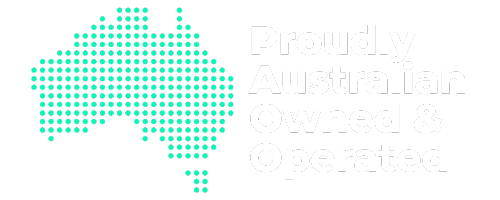Why Recession Is Becoming Reality
-
Although a global recession isn’t guaranteed, economic growth is slowing sharply. The World Bank forecasts global growth slowing to 2.3 % in 2025 – nearly 0.5 pp below earlier estimates.
-
Morgan Stanley forecasts global growth at 2.9 % in 2025, then slowing to 2.8 % in 2026. That marks the slowest expansion since the pandemic, signalling heightened macro risk.
-
Some forecasters, like Expana, even warn of a deep recession beginning spring 2025
Result: Businesses face cost pressure, volatile demand, and unpredictable investment climate.
Why Unyielding Office Overhead Is Risky
-
Traditional long‑term leases: 3-5 year, inflexible contracts – lock in fixed costs regardless of revenue swings.
-
In city‑centre markets like Melbourne, vacancy rates are at their highest since the early 1990s, with landlords offering up to 40 % rent discounts to attract tenants.
-
Companies stuck in rigid commitments often struggle to pivot when cash flow tightens.
Flexible Office Overhead: Hard Facts & Tangible Upside
Flex Terms = Financial Agility
-
Month‑to‑month or rolling agreements let you scale space up or down with demand, freeing budget when downturn arrives.
-
No build‑out or fit‑out costs. Utilities, cleaning, WiFi – all bundled – makes operating expense predictable and lean
Cost savings backed by data
-
Research shows 73 % of firms cut office costs, and 36 % reduced staff travel expenses, by shifting to flexible models
-
In Australia, hybrid workers can save around A$5,900/year in commuting costs by working from local flex offices or home instead of the CBD
-
82 % of firms globally have already adjusted footprint to support flexible working
Resilience in downturn
-
During the COVID recession, flexible office supply in US & Canada dropped just 2.6 % while traditional office markets saw a massive 87 million sq ft negative absorption.
-
Operators with flexibility – through landlord-partnerships or short-term leases – stayed viable even while rigid lessors struggled.
Soft Benefits That Build Resilience
-
Flexible spaces attract talent: employees value hybrid options and proximity to home, boosting retention and loyalty
-
Hybrid models help retain millennial and Gen‑Z workers, who overwhelmingly favour local work hubs over daily commute to CBD.
-
Access to shared meeting spaces and amenity-rich environments supports collaboration without excess space wasted.
What This Means for Your Business
| Scenario | Traditional Lease | Flexible Office Approach |
|---|---|---|
| Revenue drop | 100 % fixed lease, still pay full rent | Scale down space immediately, cut cost |
| Team growth | Build-out delays, cost lag | Up‑size with rolling terms, no capital lag |
| Uncertain demand | Locked into space, stranded costs | Agile capacity to pivot as needed |
| Staff travel cost | High commute bills | Local hubs reduce cost by thousands yearly |
-
Example: if Australian staff save A$5,900/year per person, a team of 5 could have A$29,500 extra cash flow to weather downturn or redeploy to growth initiatives.
Building Real‑World Momentum with Smart Overheads
Recession signals are flashing: global growth is slowing, pressure from tariffs and inflation rising, and cautious forecasts abound. In that environment, agile, low‑commitment office overhead becomes a strategic lever.
Flexible workspace gives you:
-
Lean, predictable costs
-
Upside scalability without capital lock‑in
-
Resilience during downturn and capacity to grow when recovery begins
By aligning your workspace strategy with flexible leasing, you maintain momentum while others are locked in – a confident, community‑centric, future‑proof approach rooted in real‑world data.
Bottom line: make overhead your ally, not a liability. Create space that flexes with your business – ready for the next pivot, not stuck in yesterday’s lease.
Tobi.




